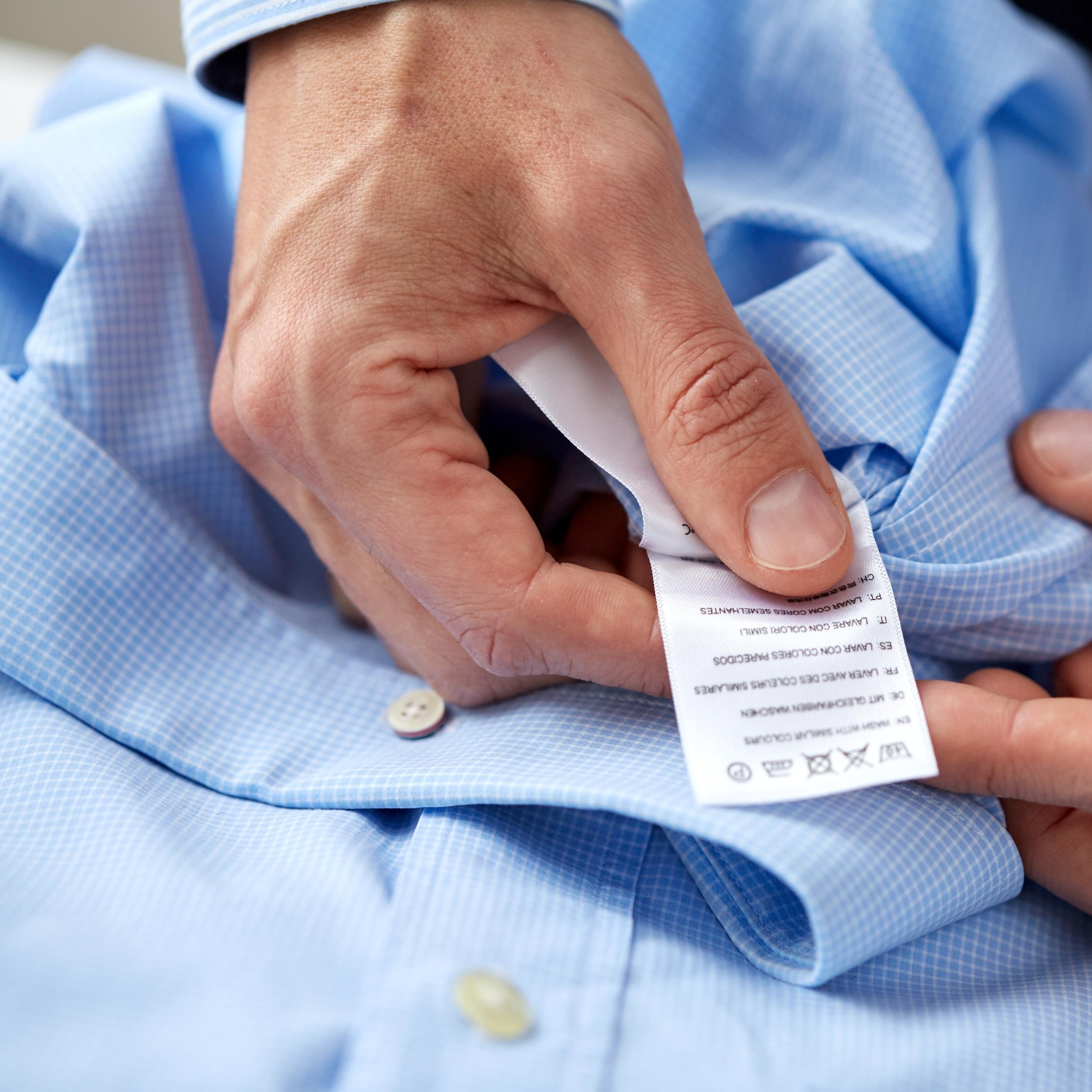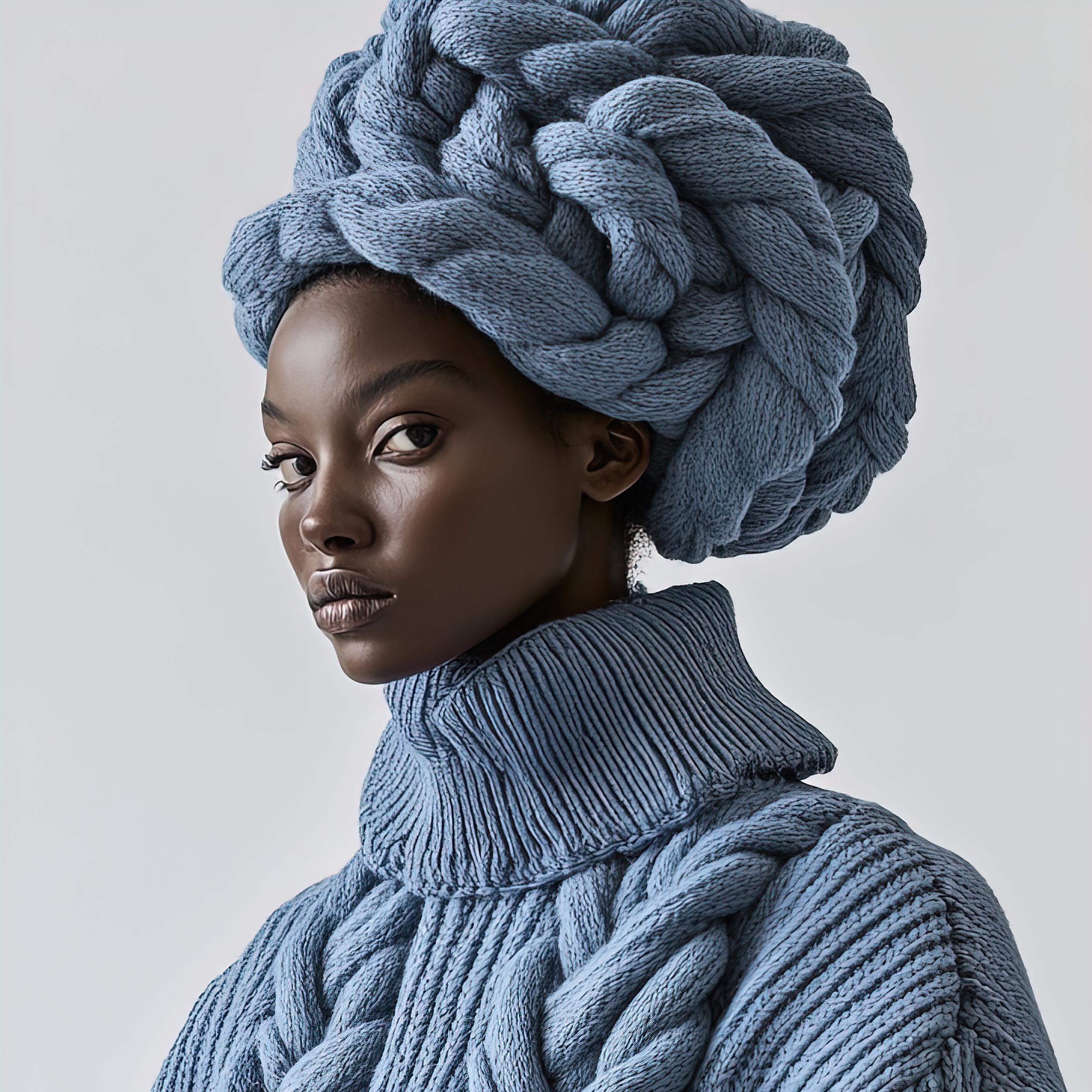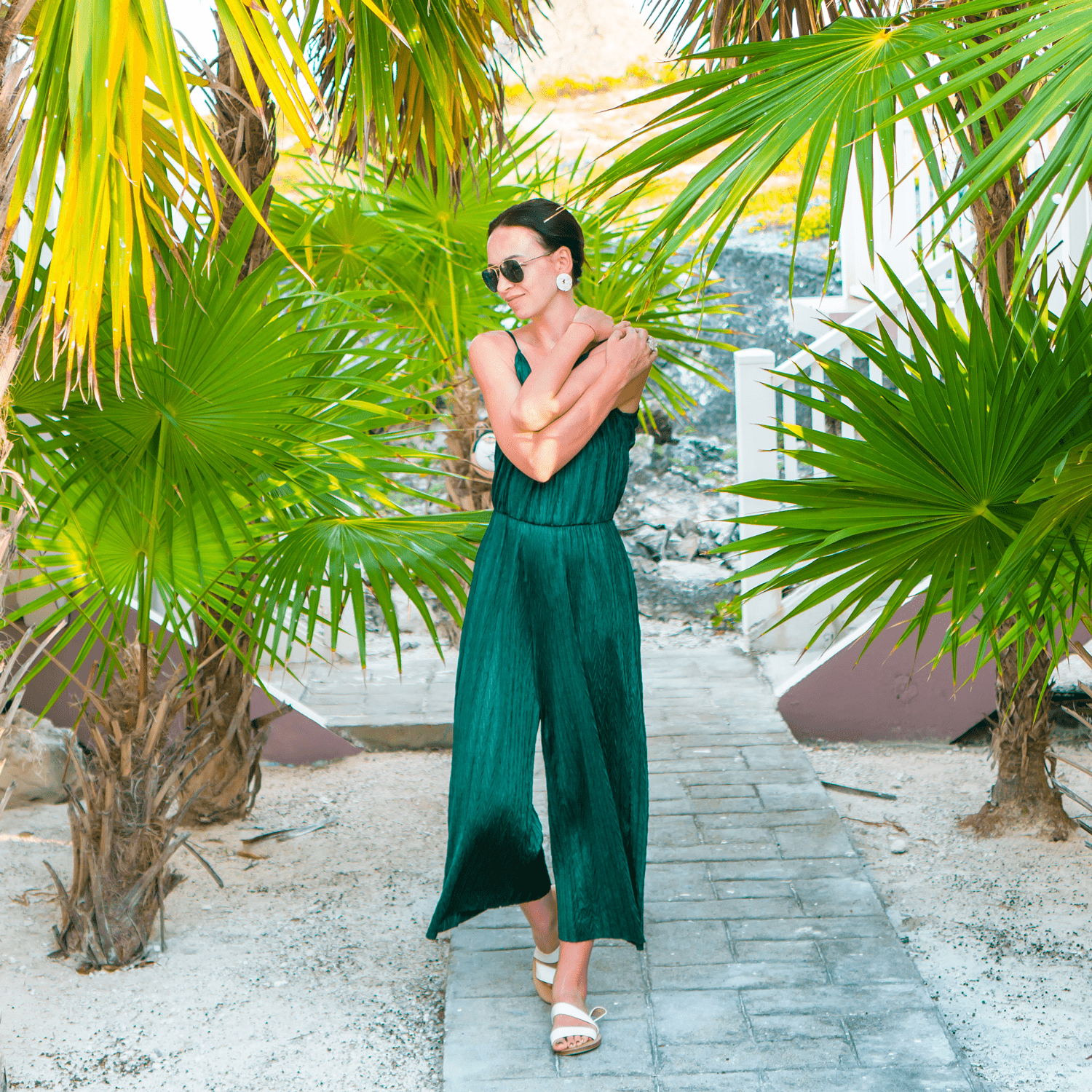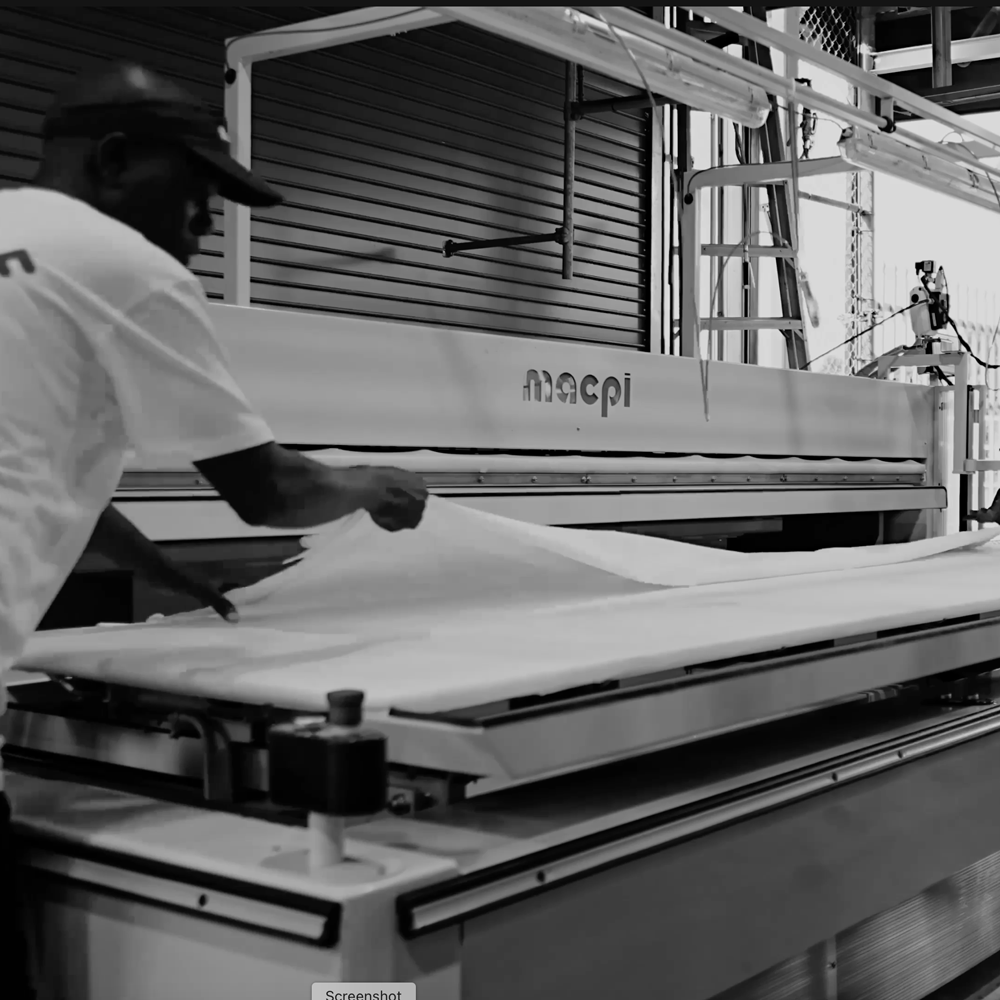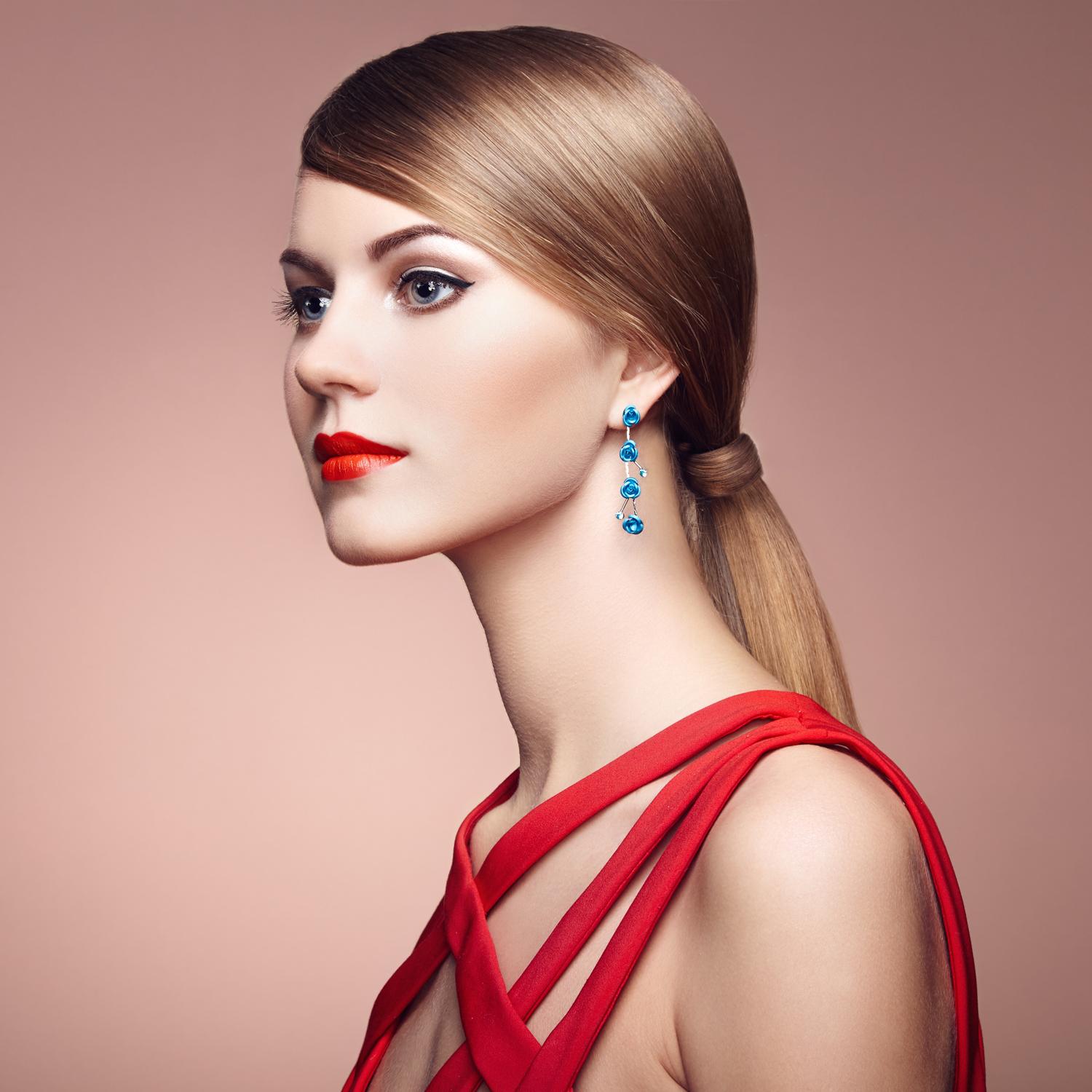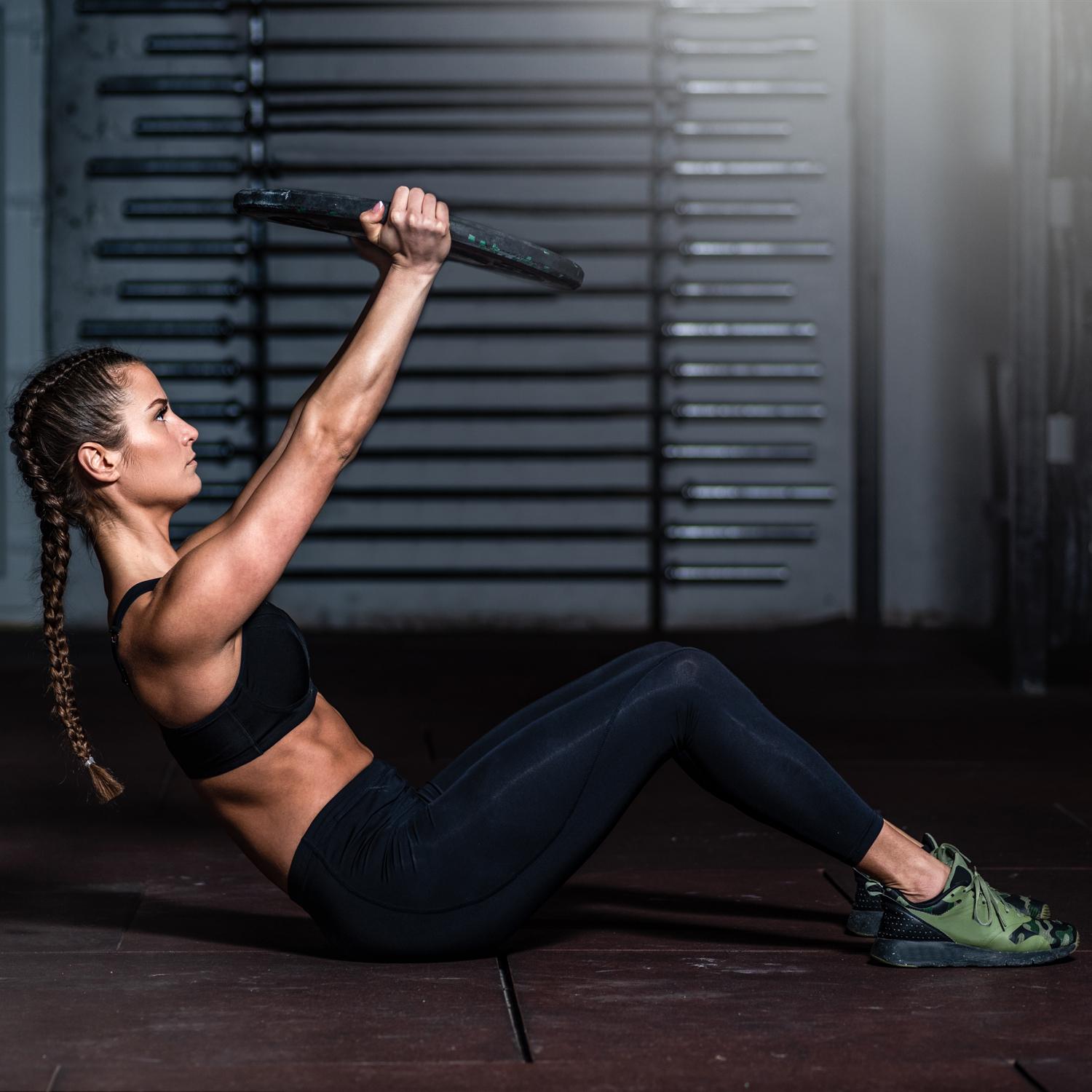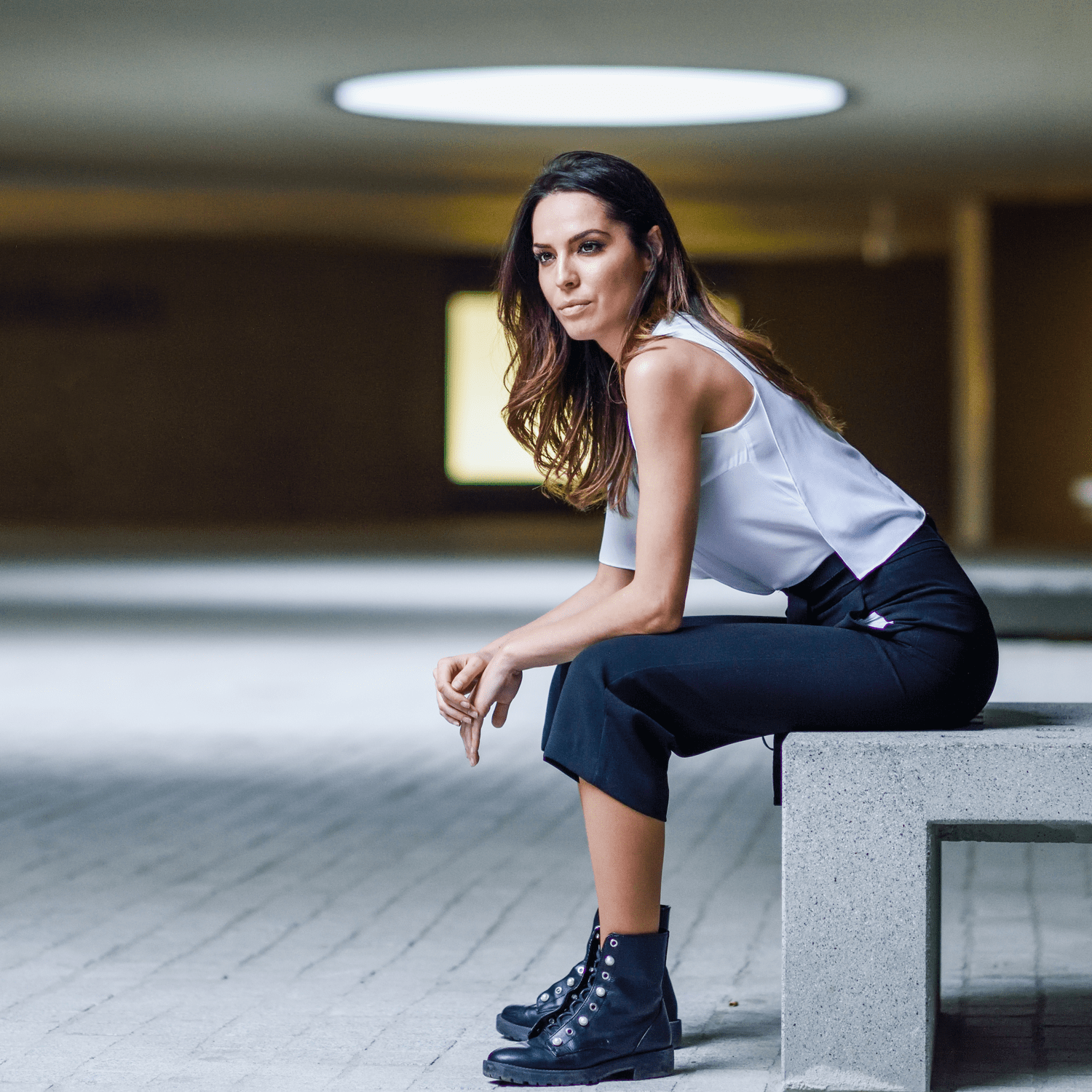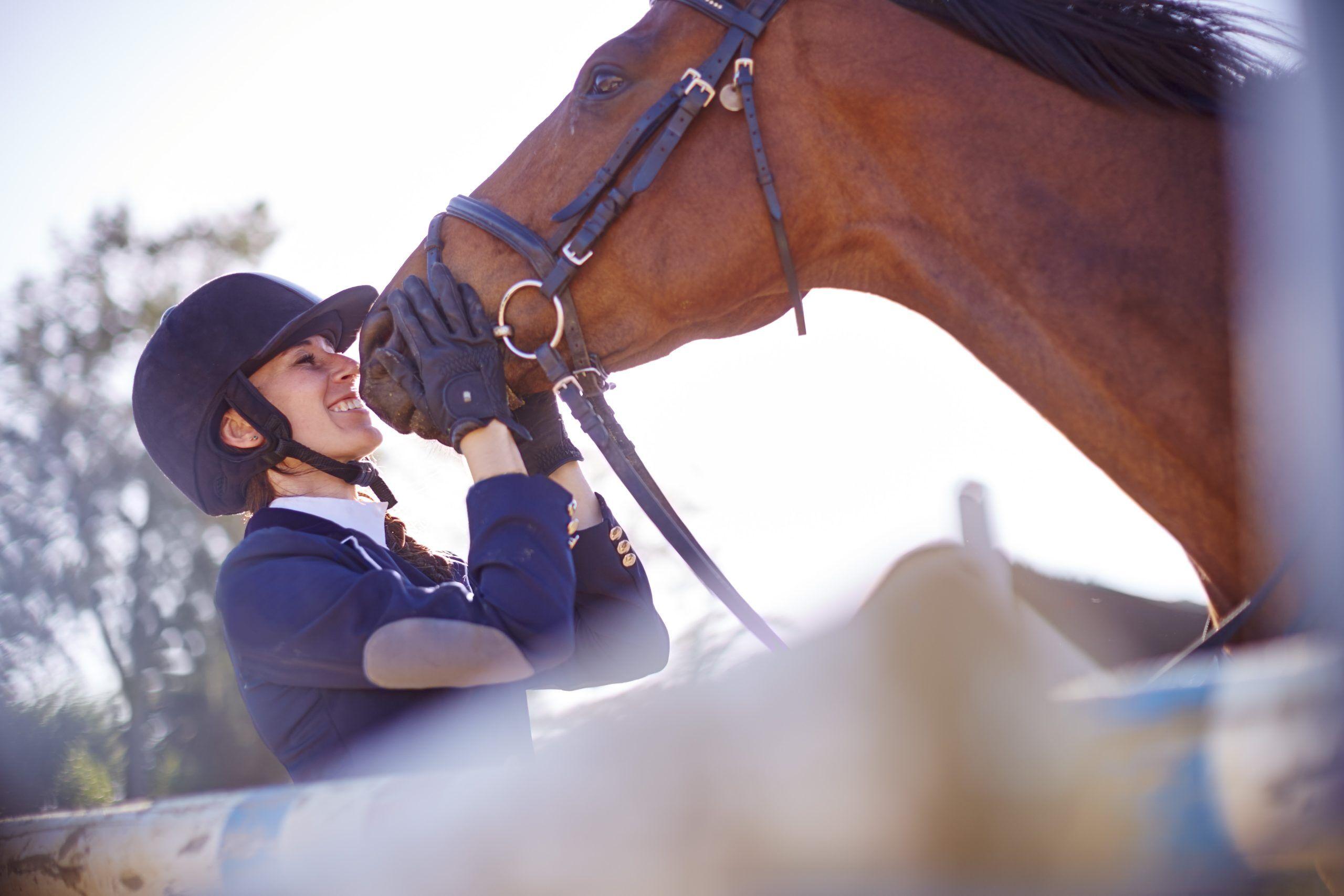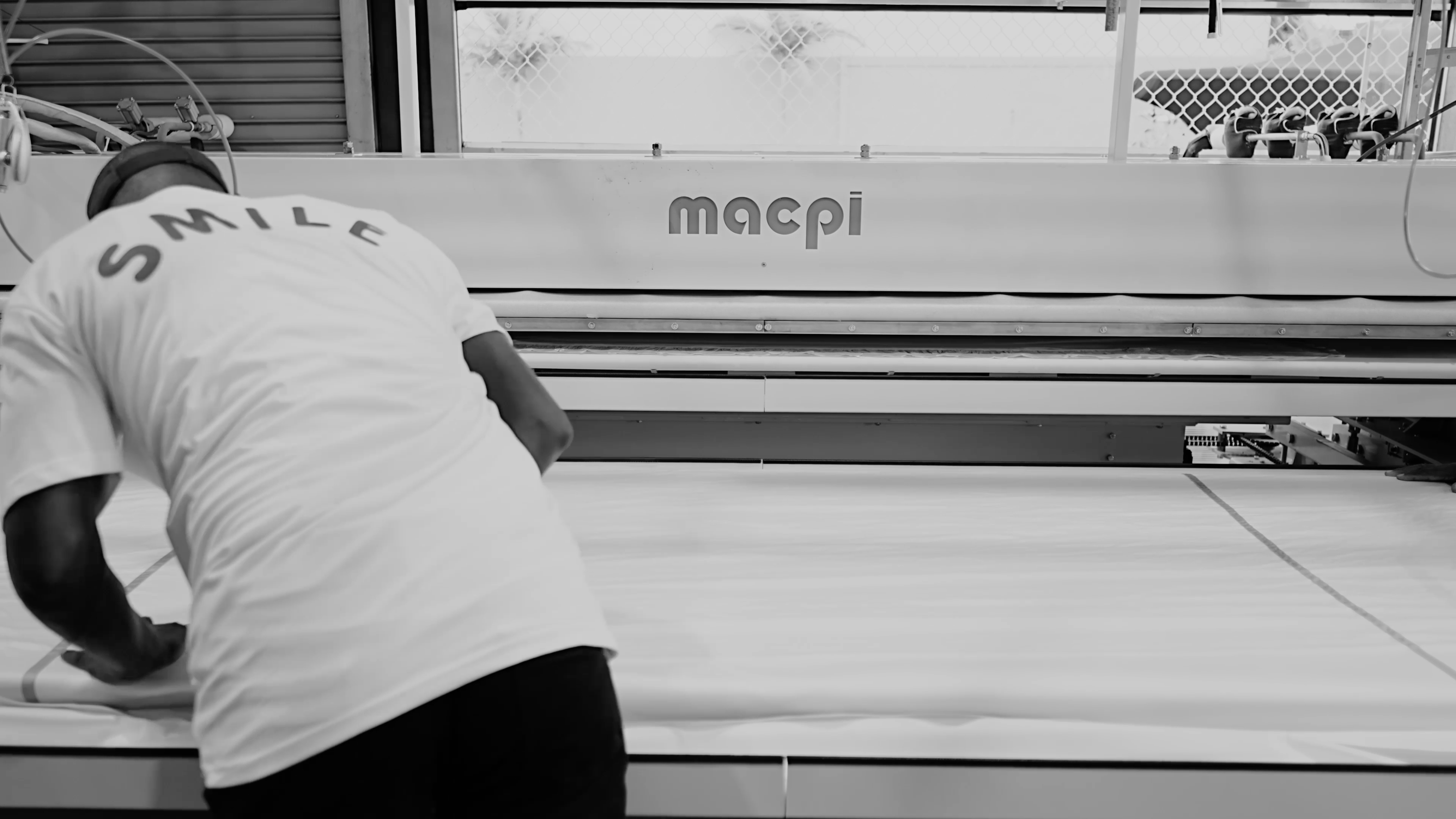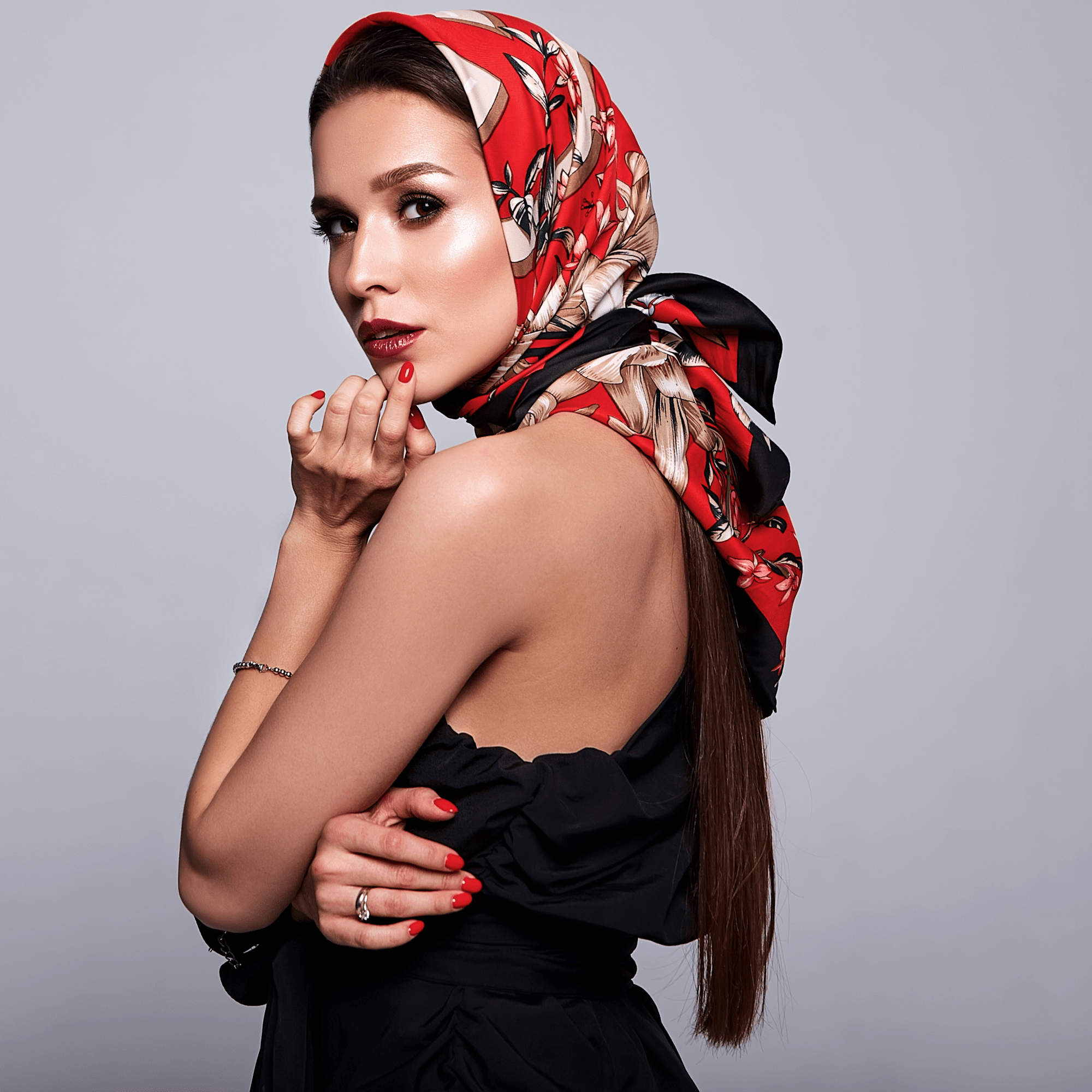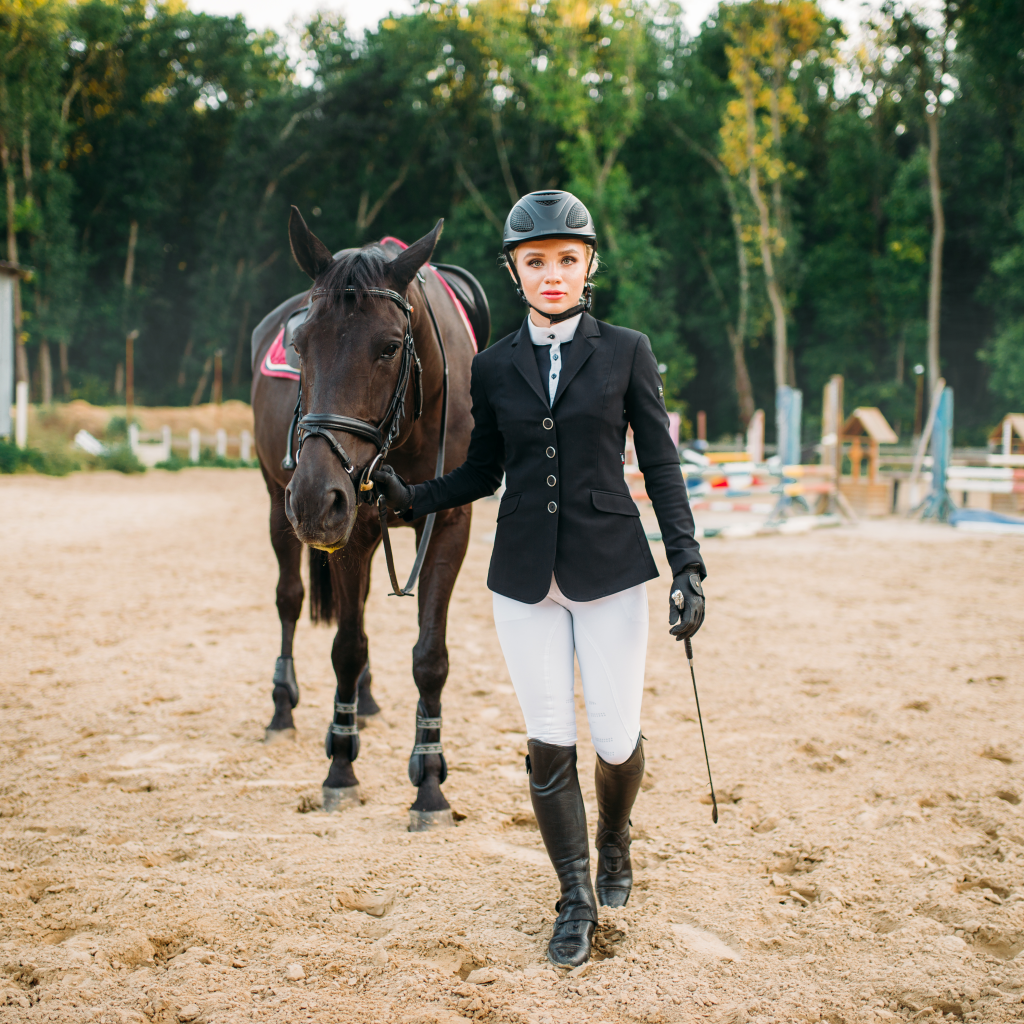
For equestrians, the show ring is not just a stage; it’s a place to demonstrate the talent, skill, and unique bond developed between rider and horse. One of the first things the judge notices is the initial presentation of the rider and horse, making it essential for equestrians to prioritize care of their horse and their show clothes. Riders are dedicated to the well-being of their equine partners, but they often overlook their show clothes. Dry cleaning saves equestrians valuable time and offers a way to protect the delicate nature of these garments, preserve the vibrant colors, remove challenging barn stains, and finish them with a crispness that provides for a flawless appearance in the show ring.
The Delicate Nature of Equestrian Show Clothes
Crafted from high-end fabrics and often adorned with intricate trimmings, equestrian coats, shirts, ties, and breeches require specialized care to maintain their integrity. Dry cleaning provides a gentle yet effective method of cleaning that ensures the longevity of these finely crafted pieces.
Understanding the diverse requirements of riders, equestrian apparel manufacturers carefully select these fabrics to create garments that not only look stylish but also offer the functionality and comfort necessary for a successful and enjoyable riding experience.
Equestrian Coats:
Riding coats come in many styles, including dressage coats, hunt coats, shadbelly coats, show jumping coats, vests, and more. Dry cleaning your coat helps increase its longevity as well as retain its shape, hand feel, and overall color and look. Equestrian coats include fabrics such as:
Wool:
- Designers recognize wool for its warmth and breathability, and often use it in equestrian coats to provide insulation during colder weather.
Tweed:
- A classic choice, tweed offers durability and a traditional aesthetic. Designers use tweed for hunting or country-style riding jackets.
Softshell:
- Softshell fabrics are lightweight, breathable, and water-resistant, making them suitable for performance riding jackets that provide flexibility and protection.
Technical Fabrics:
- Modern equestrian coats often incorporate technical fabrics like nylon or polyester blends, offering moisture-wicking properties, breathability, and stretch for enhanced comfort during riding.
Riding Shirts:
Designers make riding shirts in sleeveless, short-sleeve, and long-sleeve styles. They can be solid colored, pin-striped, or feature subtle designs. Riding shirts include different fabrics like:
Cotton:
- Cotton is a popular choice for equestrian shirts due to its breathability and comfort. It is suitable for a variety of riding conditions.
Moisture-Wicking Blends:
- Many modern equestrian shirts feature moisture-wicking blends of fabrics like polyester or spandex, ensuring riders stay dry and comfortable during intense riding sessions.
Technical Fabrics:
- Similar to equestrian coats, technical fabrics with moisture-wicking and stretch properties are often used in shirts to enhance performance and comfort.
Riding Gloves:
Gloves can easily become stained and soiled by leather reins, horse sweat, and arena dust. Dry cleaning keeps them looking and feeling like new. Gloves are made from various materials, including:
Leather:
- Leather gloves provide a secure grip on the reins and excellent durability. They are a classic choice for riding gloves.
Synthetic Materials:
- Modern equestrian gloves often feature synthetic materials like neoprene or other blends that offer flexibility, breathability, and a snug fit.
Technical Fabrics:
- Gloves may incorporate technical fabrics for added breathability and moisture management, ensuring the rider’s hands stay comfortable during prolonged use.
Equestrian Breeches:
Breeches can be thicker for winter months or more breathable to fend off the summer heat. Dry cleaning helps protect the shape and color of your training and competition breeches.
Cotton Blend:
- Breeches made from a cotton blend offer comfort and breathability. The addition of synthetic fibers enhances durability and flexibility.
- Microfiber:
- Microfiber fabrics are lightweight, moisture-wicking, and quick-drying, making them suitable for equestrian breeches that need to withstand various weather conditions.
- Stretch Fabrics:
- Breeches often feature stretch fabrics like spandex or elastane to provide riders with the flexibility and freedom of movement required during riding.
- Technical Fabrics:
- Technical fabrics, such as those with moisture-wicking properties and enhanced breathability, are commonly used in modern equestrian breeches for optimal performance.
Stock Ties:
Riding ties typically match the riding shirt or trimming on jackets and pants. Riders wear them with a stock pin to complete their professional look.
Cotton Blend:
- Similar to equestrian shirts and breeches, cotton blend stock ties offer a comfortable and breathable option for riders seeking a classic look.
Silk:
- Silk is a luxurious choice for stock ties, providing a smooth and elegant finish. It adds a touch of sophistication to equestrian attire.
Satin:
- Satin stock ties are known for their sheen and smooth texture. They contribute to a polished and refined appearance in the show ring.
Polyester Blends:
- Many modern stock ties incorporate polyester blends for durability and ease of care. These blends can mimic the look of silk or satin while offering practical advantages.
Linen:
- Linen stock ties are lightweight and breathable, making them suitable for warmer weather. They contribute to a classic and timeless equestrian look.
Cross-Country Vests:
Cross-country vests protect riders in the event of a fall. They can become stained and soiled if the rider falls, and they also absorb a lot of sweat and dust from regular competitions. Dry cleaning can increase the longevity of your vest as well as keep it clean and smelling fresh. Cross-country vests are made from:
Nylon:
- Nylon is a popular choice for cross-country vests due to its lightweight nature and water-resistant properties. It provides protection against the elements while allowing for ease of movement.
Polyester:
- Polyester is often used in cross-country vests for its durability, quick-drying capabilities, and resistance to wrinkles. It ensures that riders remain comfortable during the rigors of cross-country riding.
Mesh Panels:
- Many cross-country vests incorporate mesh panels made from breathable fabrics, enhancing ventilation and preventing overheating during intense rides.
Technical Fabrics:
- Similar to other equestrian apparel, cross-country vests may feature technical fabrics with moisture-wicking and stretch properties to ensure optimal performance and comfort.
Reinforced Fabrics:
- Cross-country vests may include reinforced sections, often made from sturdy materials like Cordura, to provide extra protection in areas prone to wear and tear.
It’s also important to consider the delicate trimmings and accessories that come with bespoke equestrian clothing, including velvet collars, silk lining, fine buttons, and even Swarovski crystals. These trimmings add a layer of sophistication, but they also pose a challenge when it comes to cleaning. Dry cleaning is uniquely suited to handle delicate trimmings with precision, ensuring that every detail remains intact. This attention to detail is crucial, as it contributes to the overall aesthetic and authenticity of the rider’s presentation.
Battling Barn Stains: A Challenge for Equestrian Apparel
Equestrians are in close proximity to the barn most of the day and all the dirt and dust that comes with it. Show clothes are prone to encountering stains that can be challenging to remove. Such stains can come from arena dust, horse sweat, treats the horse might eat, tack oils, truck and trailer dirt, rider makeup, and more.
Traditional washing methods may not be effective, and improper cleaning can compromise the fabric and further set the stain. Dry cleaning, with its stain-removing expertise, tackles barn stains with precision, ensuring that show clothes remain immaculate despite the rigors of equestrian life.
Dry cleaning also leaves clothes impeccably pressed and gives riders a polished look that portrays a certain level of professionalism and dedication. Cleanliness alone is not sufficient; the garments must exude a crispness that sets the rider apart in the show ring.
Convenience Beyond the Barn: Sudsies’ Valet and Shipping Services
Sudsies understands the unique needs of equestrians, offering valet services that allow riders to effortlessly manage their show clothes between competitions. Valet services include pressing, packaging, and ensuring that garments are show-ready whenever needed.
For those who compete across the country, Sudsies offers a convenient shipping service. Equestrians can ship their show clothes to Sudsies, have them professionally cleaned, and receive them back in pristine condition. This service is not limited to individual competitions; riders can also opt to ship their garments at the end of the show season, allowing Sudsies to clean and store them for the winter off-season.





